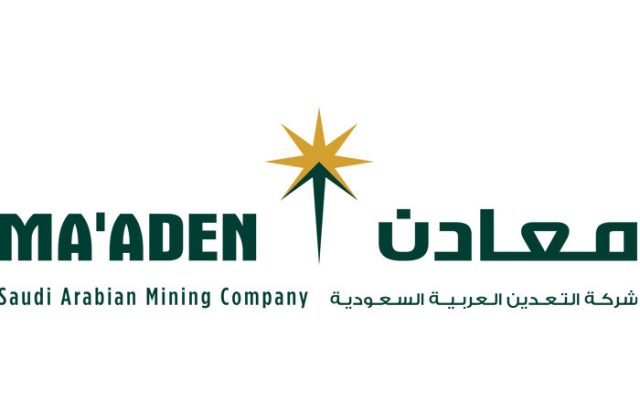
Saudi mining plays key role in industrial program
At a sprawling complex on Saudi Arabia’s northeastern Gulf coast, refineries, smelters and casting machines transform dull pink rocks into silver aluminum bars, a symbol of the kingdom’s attempt to diversify its economy.
After only two years in operation, the $10.8 billion aluminum project at Ras Al-Khair, an industrial city 200 kilometers north of the oil hub of Dammam, is already the world’s largest integrated aluminum facility.
And in coming years, the success of Saudi Arabia’s efforts to build an economy that does not rely on oil and state subsidies will depend partly on what Saudi Arabian Mining Co (Ma’aden), which runs the complex, can achieve with it.
Aluminum is the company’s single-largest cash generator, at SR4.8 billion ($1.3 billion) in revenue last year, and mining is a pillar of Saudi Arabia’s shift away from oil. Saudi hopes are pinned on vast untapped reserves of bauxite, used to make aluminum, as well as phosphate, gold, copper and uranium.
“Ras Al-Khair city overall is really equipped to expand in so many industries, but I think the aluminum will be a major part of our future strategy,” said Abdul Aziz Al-Harbi, president of Ma’aden Aluminum, a joint venture between Ma’aden and US aluminum giant Alcoa.
In April, Deputy Crown Prince Mohammed Bin Salman made big promises for the sector as part of a broad economic reform plan.
He said mining would generate an annual SR97 billion and create 90,000 jobs within five years.
Saudi Arabia’s commitment was underlined when the kingdom made the new chief of its energy ministry, Khalid Al-Falih, chairman of Ma’aden, fueling a rally in the company’s stock.
The firm runs a bauxite mine at Al-Ba’itha in the central province of Qassim and makes semi-finished products such as ingots, billets and giant coils of beverage can sheet.
Exports of alumina, an intermediate substance in the production of aluminum, and more downstream industrial facilities are planned, said Harbi.
Ras Al-Khair’s stark rows of interlaced pipes and cleanly paved roads are a result of vast sums spent on the city since its inception in 2008. Ma’aden’s former chief told a conference last year that total spending had topped $34.6 billion.
In addition to the aluminum project, Ma’aden has a diammonia phosphate (DAP) plant at Ras Al-Khair. The two products together now account for 85 percent of Ma’aden’s revenues, which totaled SR11.0 billion last year.
The facility has a port, a 2,400-megawatt power and desalination plant, and a dedicated rail line linking it directly to bauxite and phosphate mines.
Although Ma’aden Aluminum started off importing raw materials, it now uses the railway to maintain a Saudi supply chain, sourcing bauxite exclusively from Qassim.
It boasts modern environmental technologies: its own man-made wetlands for wastewater recycling, and the only used can reclamation facility in the Middle East.
Executives say that by linking minerals to top-notch processing facilities at a single location, they can keep production costs low and boost local manufacturing businesses.
“Our target is to be the lowest-cost producer in the world, which we are already approaching now,” said Harbi.
Ma’aden has captured 8 percent of the world’s $15 billion DAP market and 1 percent of the $90 billion aluminum market, according to a report by Deutsche Bank.


























